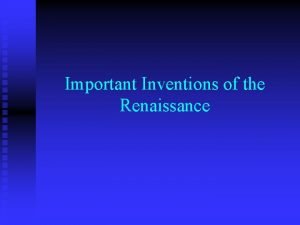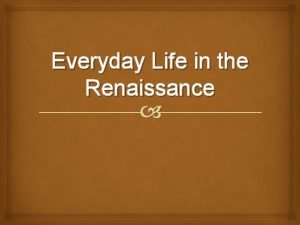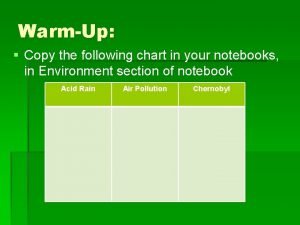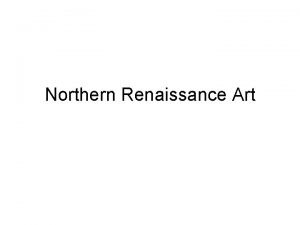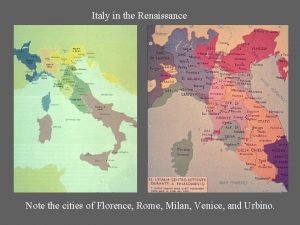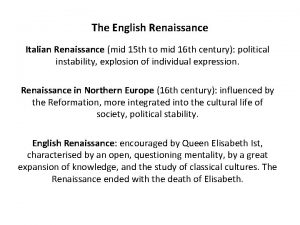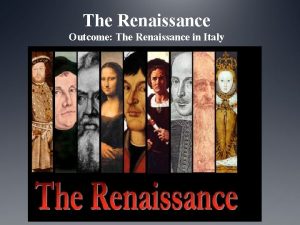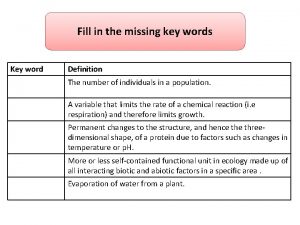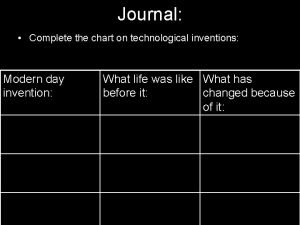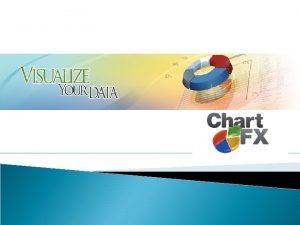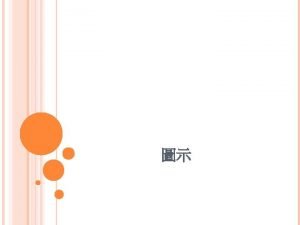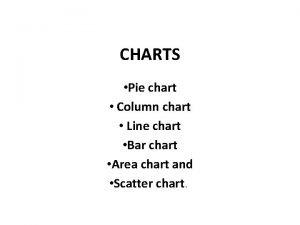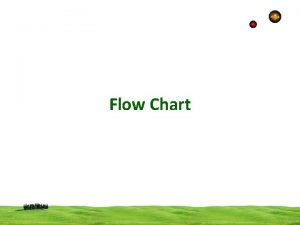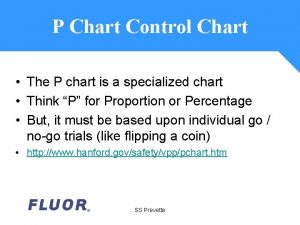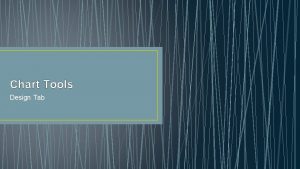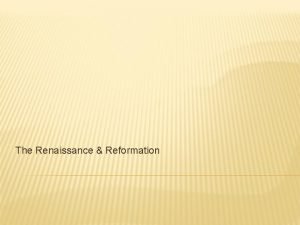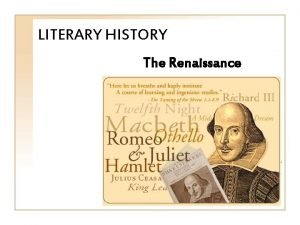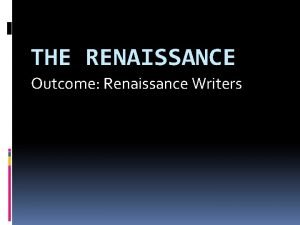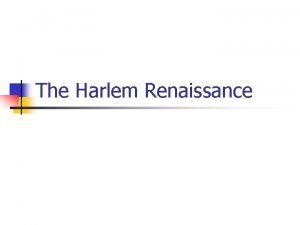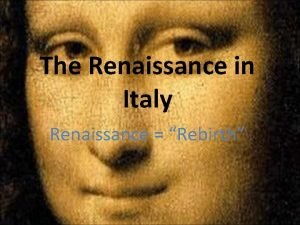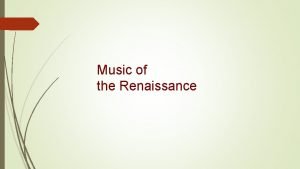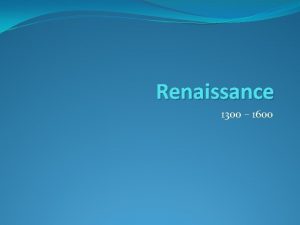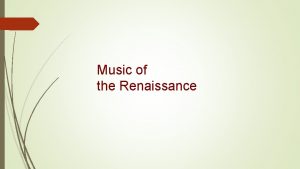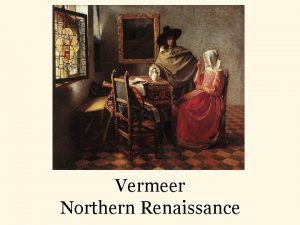Inventions of the Renaissance Complete your inventions chart

























- Slides: 25

Inventions of the Renaissance Complete your inventions chart as you view the slides

Water clocks and Hourglasses • Water clocks and hourglasses were widely used in the 1500 s

Lenses • Lenses were used for more than just eyeglasses • Galileo used lenses to make an astronomical telescope to look at the stars and planets in 1606 • Isaac Newton made the first reflecting telescope in 1668


Submarine • The submarine was invented in 1624 by a man named Cornelius van Drebbel. • Leonardo da Vinci drew out the basic concept of a submarine over 100 years before. • Drebbel, a Dutch inventor and engineer employed by the British navy constructed a leather-covered rowboat from which oars protruded through watertight seals. • Drebbel’s ship could stay underwater for a few hours, but it only went about 15 feet under the surface


The Match • Fire - our worst enemy, our best friend – was difficult to create until Robert Boyle invented the match in 1680 • Although fire could be made by rubbing sticks together or striking flint to steel, this was a time consuming process. Boyle discovered that when phosphorus and sulfur were rubbed together, they would burst into flame. • Although, convenient, Boyle’s matches were not very safe because sometimes they accidentally went up in flames while in a pocket. • With some improvements and a little fine tuning, this invention led to your modern safety match many years later.


Thermometer • Thermometers measure temperature by using materials that change in some way when they are heated or cooled. • The thermometer was invented by Galileo in 1593, and, for the first time, allowed temperature variations to be measured. • In 1714, Gabriel Farenheit invented the first mercury thermometer, the modern thermometer.


Adding Machine • The French scientist, Blaise Pascal, has been credited with inventing the very first digital calculator. • In 1642 the 18 -year old Pascal, the son of a French tax collector, invented his numerical wheel calculator, called the Pascaline, to help his father count taxes.


Mechanical Clocks • The oldest surviving mechanical clocks were made in the 1300 s • Italian scientist Galileo discovered the pendulum. • This made for better time keeping.

The Watch (portable timepiece) • The portable watch was invented by German Peter Henlein in 1505. • He created his watch to be spring powered making it much smaller. • This watch was the first pocket watch. • The wristwatch didn’t come into widespread use until the 1800 s


Printing • The Chinese were the first to invent printing in 868. • In the mid-1400 s, Johan Gutenberg of Germany invented a printing press using moveable type. • Now books could be printed with greater speed and less effort. • The Gutenberg Bible is considered one of the first books ever printed.


Eyeglasses • Eyeglasses were invented in the 1300 s • With the invented of the printing press in the 1400 s, the demand for eyeglasses increased • Far-sighted glasses (for reading) were developed first. • Later on, near-sightedness was able to be corrected


The Musket • The musket was the first usable rifle that soldiers could carry into battle. • It was developed in Spain in the 1500 s based on Muslim ideas. • It could fire a metal ball that could seriously kill or hurt someone • The first muskets were very large weighing 40 points and being over 6 feet long. • They were very hard to use.


The Rudder for Large Boats • The rudder was first invented by the Chinese for use on small boats. • In the 1200 s, the rudder was modified and put on larger boats. • This greatly increased the control over steering a ship


The Flushing Toilet • The flushing toilet, or water closet, as it was called, dates back to 1589 when it was invented by Sir John Harington. • Harington invented a valve that, when pulled, would release water from a water closet. • Sir John recommended flushing the toilet once or twice a day, although, with our modern technology, we know that is probably not enough. • Rumor has it that, in Robin Hood’s day, King Richard – angry with how his brother, John, ruled the country while he was gone, named the toilet “the john. ”

 Renaissance inventions musket
Renaissance inventions musket Harlem renaissance inventions
Harlem renaissance inventions Copy and complete the following chart
Copy and complete the following chart The renaissance outcome the renaissance in italy
The renaissance outcome the renaissance in italy Italian renaissance vs northern renaissance venn diagram
Italian renaissance vs northern renaissance venn diagram The renaissance outcome renaissance painters/sculptors
The renaissance outcome renaissance painters/sculptors Italian renaissance art vs northern renaissance art
Italian renaissance art vs northern renaissance art Last supper labeled
Last supper labeled The renaissance introduction to the renaissance answer key
The renaissance introduction to the renaissance answer key Italian renaissance vs english renaissance
Italian renaissance vs english renaissance The renaissance outcome the renaissance in italy
The renaissance outcome the renaissance in italy Give us your hungry your tired your poor
Give us your hungry your tired your poor Bacterial growth
Bacterial growth Subjects and predicates
Subjects and predicates Hát kết hợp bộ gõ cơ thể
Hát kết hợp bộ gõ cơ thể Frameset trong html5
Frameset trong html5 Bổ thể
Bổ thể Tỉ lệ cơ thể trẻ em
Tỉ lệ cơ thể trẻ em Voi kéo gỗ như thế nào
Voi kéo gỗ như thế nào Tư thế worm breton là gì
Tư thế worm breton là gì Alleluia hat len nguoi oi
Alleluia hat len nguoi oi Kể tên các môn thể thao
Kể tên các môn thể thao Thế nào là hệ số cao nhất
Thế nào là hệ số cao nhất Các châu lục và đại dương trên thế giới
Các châu lục và đại dương trên thế giới Công thức tính thế năng
Công thức tính thế năng Trời xanh đây là của chúng ta thể thơ
Trời xanh đây là của chúng ta thể thơ
